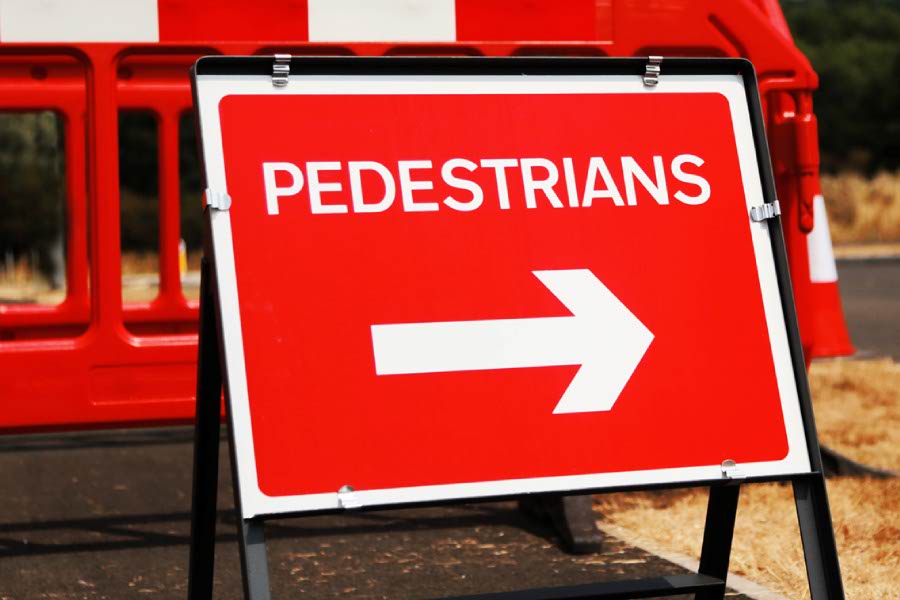Whether you’re planning roadworks, managing a utility installation, or rerouting traffic for an event, temporary road signs play a critical role in keeping both workers and road users safe. But it’s not just about putting up a sign; compliance with UK traffic sign regulations is essential to ensure safety, avoid fines, and maintain public trust.
What are temporary road signs?
Temporary road signs are designed to be used for short-term scenarios such as:
- Roadworks and maintenance
- Diversions and lane closures
- Utility works and street digging
- Emergency traffic management
- Community or sporting events
These signs are typically made from lightweight materials such as ABS and other plastic substrates, and are often mounted on frames, cones, or portable supports for quick deployment and removal.

The legal framework: What the law requires
In the UK, temporary signs must adhere to the Traffic Signs Regulations and General Directions (TSRGD) and relevant guidance from the Department for Transport (DfT). Here are the key points to keep in mind:
- Design: Must match the style, shape, colour, and symbols outlined in the TSRGD.
- Visibility: Signs should be retroreflective to ensure visibility in low light and night-time conditions. ORALITE reflective vinyl’s are a trusted industry standard (supplied by Tennant UK as a Master Distributor for ORAFOL).
- Positioning: Correct placement is crucial; signs must be clearly visible, not obstructed, and located at appropriate distances from the hazard.
- Maintenance: Even temporary signs must be kept clean and in good condition while in use.
- Removal: Signs must be removed as soon as they are no longer needed to avoid confusion or driver complacency.
Practical Tips for Compliance
Here are practical steps to make sure your temporary signage meets the necessary standards:
- Use approved sign designs
Only use signs that conform to official templates in the TSRGD. Avoid custom or “close enough” variations, which can confuse drivers and risk non-compliance. - Choose the right materials
Select durable, lightweight panels with reflective coatings (like ORALITE vinyls) for maximum clarity and longevity. - Follow Chapter 8 guidelines
Chapter 8 of the Traffic Signs Manual outlines best practice for temporary traffic management on highways. This includes layout, sign spacing, cone use, and vehicle markings. - Train your team
Ensure everyone involved in installing or maintaining signs is familiar with basic traffic safety principles and signage placement.
How Tennants UK can help
At Tennants UK, we supply a full range of temporary road signs and traffic management equipment that’s fully compliant with UK regulations. Whether you need pre-made signs, custom panels, or reflective sheeting materials, we offer:
- High-visibility temporary signs
- Quick-Lock post systems
- Reflective vinyl’s, such as ORALITE
- Industry approved printers
- Bespoke sign printing services
Stay safe and stay compliant
Temporary signs might be short-term, but the impact of getting them wrong can be long-lasting. By following best practice and using the right equipment, you can protect your workers, inform the public, and meet your legal obligations with confidence.
Need help choosing the right signs for your next project? Get in touch with our Highways Division – we’re always happy to advise.


